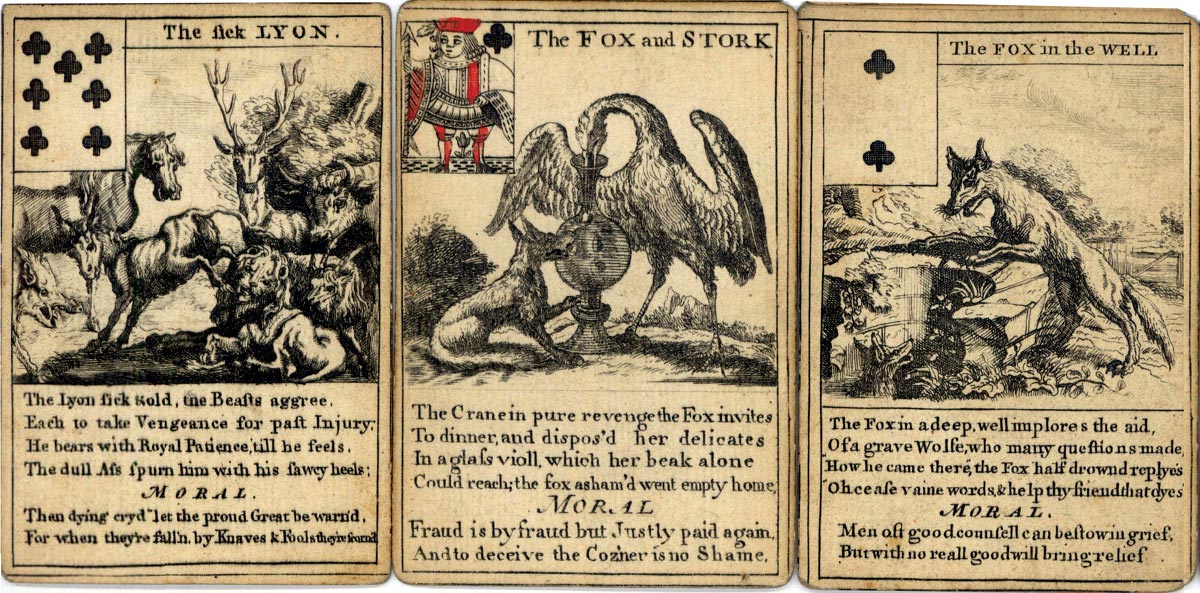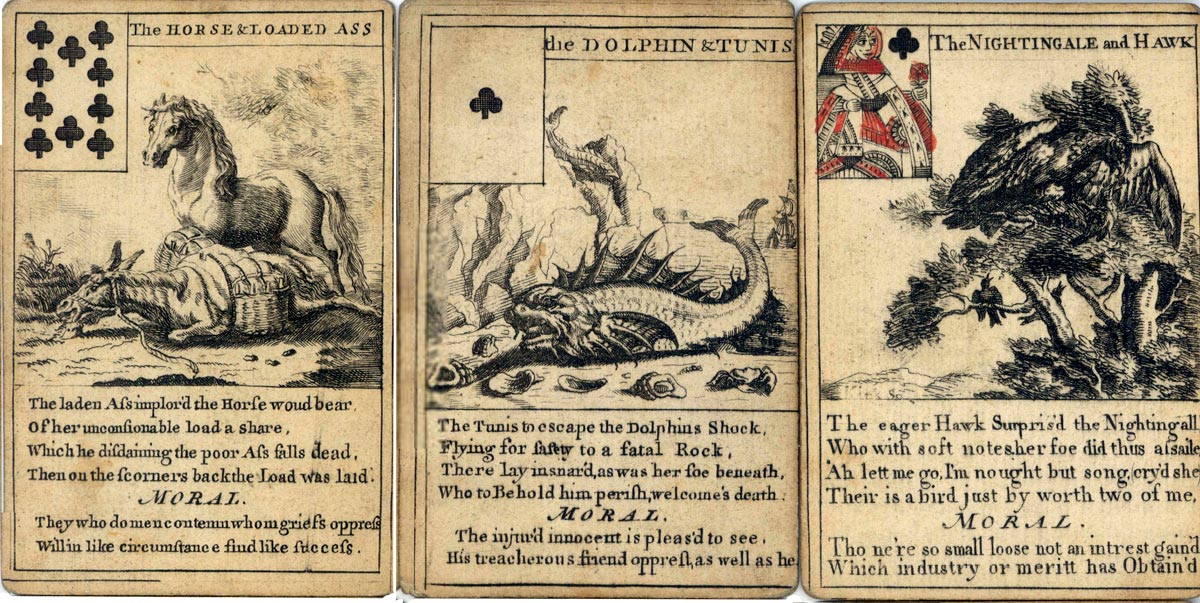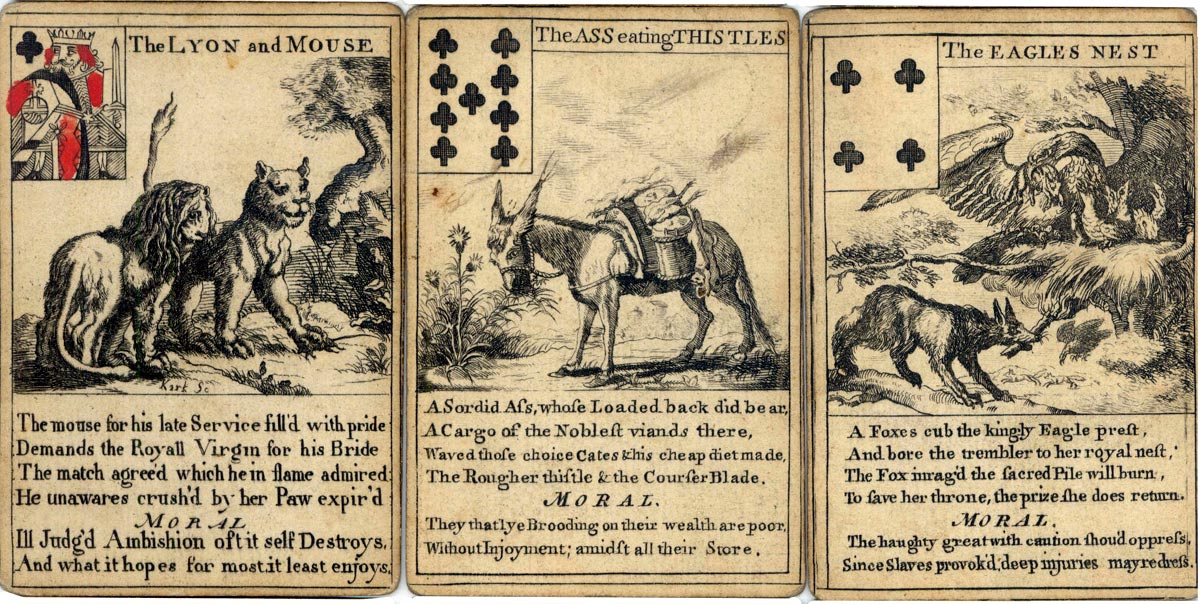Aesop’s Fables
Aesop’s Fables playing cards by I. Kirk, c.1759.
Aesop was the most famous fable-teller of ancient Greece, over 2,500 years ago. He told fables on all matters where a moral could be added. Over the centuries these fables have been translated, re-told and presented in many different formats, registers and regional styles.

Above: the Boar and Ass illustration from a woodcut series of Aesop, Genoa, 1557.
Featured on this page are cards from the 1759 edition of Aesop's Fables playing cards by I. Kirk (St Paul’s Churchyard, London) based on drawings by Francis Barlow (c.1626–1704) and also from a facsimile edition of Aesop's Fable Cards published by Colonial Williamsburg Foundation (USA).

Above: Ace of Spades from the 1759 edition by I. Kirk (London) with the red tax stamp and ‘GR’ cypher. Image courtesy WCMPC►
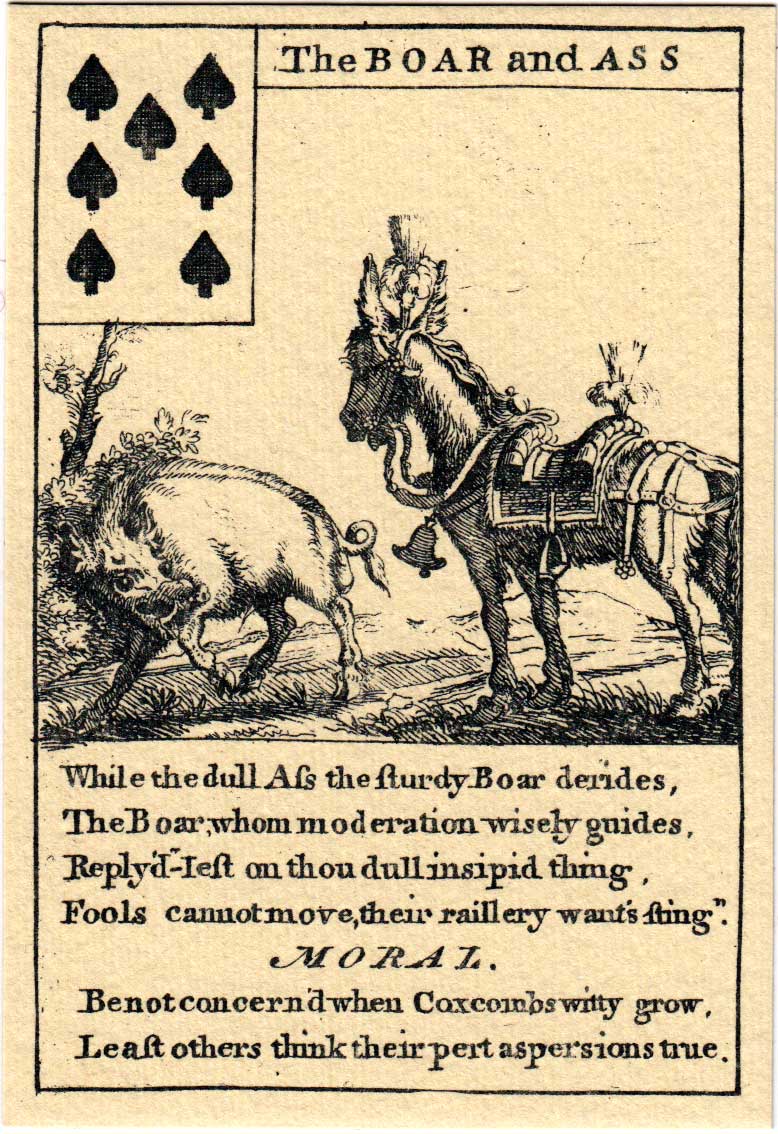

Above: two cards from uncoloured facsimile edition of I.Kirk’s Aesop’s Fables playing cards published by Colonial Williamsburg Foundation (USA). See the Wrapper►
More Original Cards
An advertisement in the Public Advertiser for December 17, 1759 reads “Æsop's Fables exactly copied after Barlow, with fables and morals in verse, to be had of the proprietor, I. Kirk at the Grotto Toy Shop in St Paul’s Churchyard.”
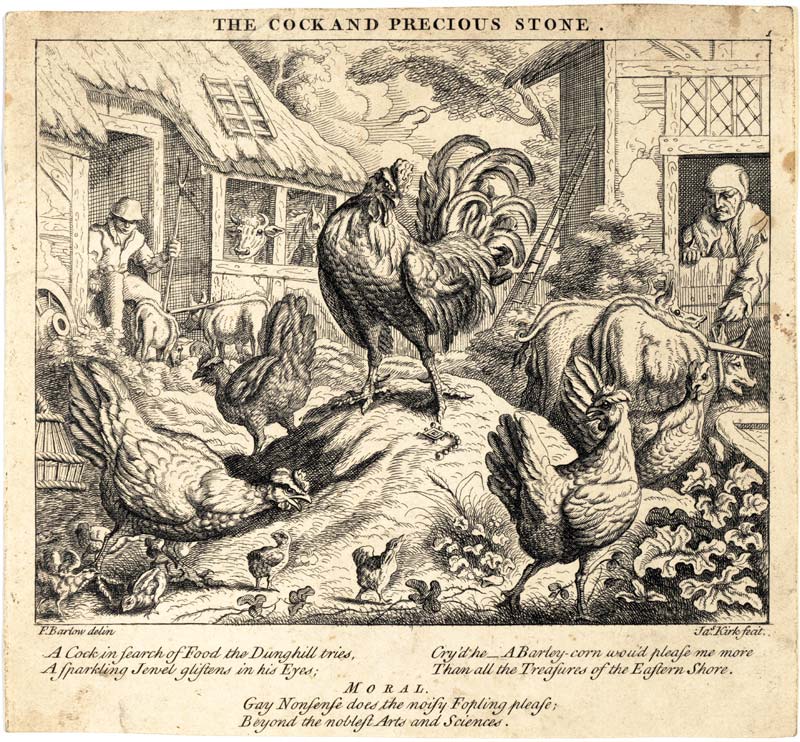
Above: etching by James Kirk after Francis Barlow, c.1760. 15.9 x 17.2 cm. Courtesy The Elisha Whittelsey Collection.
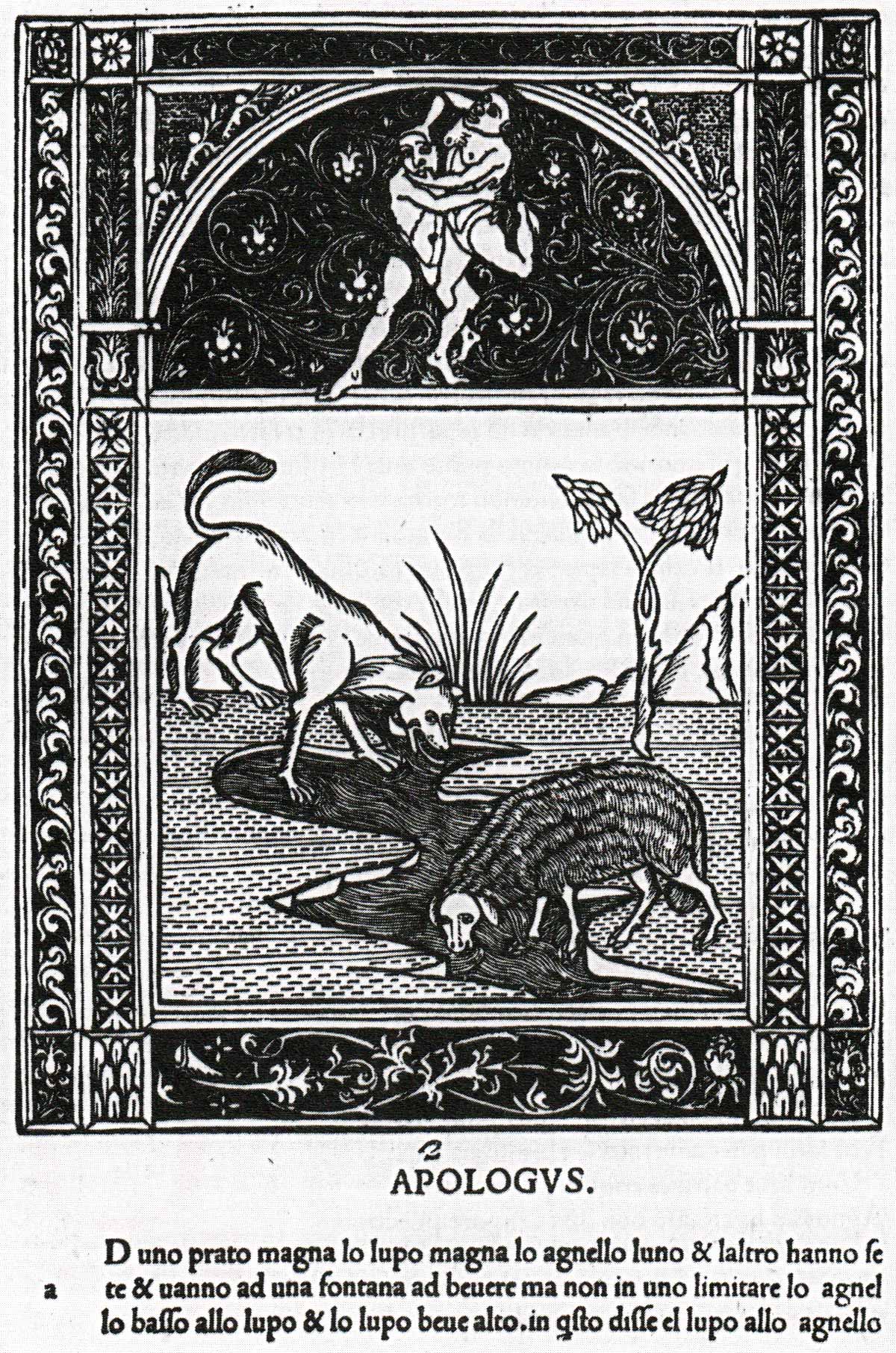
Above: The Wolf & Lamb woodcut illustration and text from “Aesop, Vita et Fabulae”, Naples, 1485.
REFERENCES
Hargrave, Catherine Perry: A History of Playing Cards and a Bibliography of Cards and Gaming, Dover Publications, New York, 1966
Mann, Sylvia: All Cards on the Table, Jonas Verlag/Deutsches Spielkarten-Museum, Leinfelden-Echterdingen, 1990
Christie’s, Illuminated Manuscripts & Valuable Printed Books auction catalogue, June 1991.
Sotheby’s, Valuable Printed Books and Manuscripts auction catalogue, September 1988.
By Simon Wintle
Spain • Member since February 01, 1996 • Contact
I am the founder of The World of Playing Cards (est. 1996), a website dedicated to the history, artistry and cultural significance of playing cards and tarot. Over the years I have researched various areas of the subject, acquired and traded collections and contributed as a committee member of the IPCS and graphics editor of The Playing-Card journal. Having lived in Chile, England, Wales, and now Spain, these experiences have shaped my work and passion for playing cards. Amongst my achievements is producing a limited-edition replica of a 17th-century English pack using woodblocks and stencils—a labour of love. Today, the World of Playing Cards is a global collaborative project, with my son Adam serving as the technical driving force behind its development. His innovative efforts have helped shape the site into the thriving hub it is today. You are warmly invited to become a contributor and share your enthusiasm.

Related Articles

Solo Whist
A distinctive British trick-taking game that emerged in the mid-19th century.
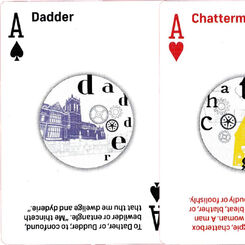
Dorset Dialect Trails
‘Dorset Dialect Trails’ playing cards, United Kingdom, 2015.

Whist writers and their pseudonyms
Why did so many early writers about whist and other card games feel the need to write under a pseudo...
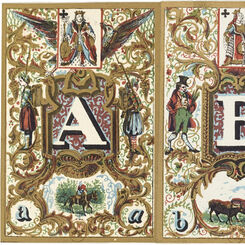
Jeu de cartes abécédaire
An educational card game designed by F. Séré and published by Lithographie Musicale de Boboeuf, Par...

Ethics Education playing cards
Ethics Education playing cards produced by the Centre for Military Ethics at King’s College London, ...
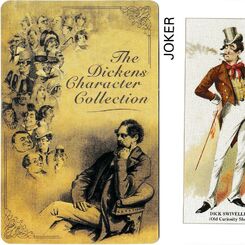
Dickens Character Collection
Dickens Character Collection published for a London Casino as a promotional gift.

Myriorama
Myriorama of Italian scenery, 1824.
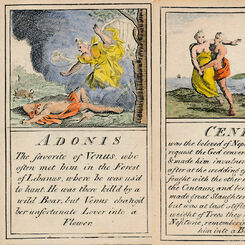
Pantheon or Heathen Mythology
Pantheon or Heathen Mythology cards for instruction of youth, c.1770.
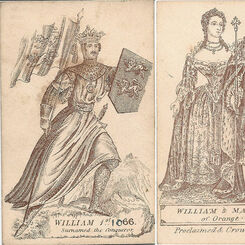
The Royal Historical Game of Cards
The Royal Historical Game of Cards invented by Jane Roberts and published by Robert Hardwicke, c.184...
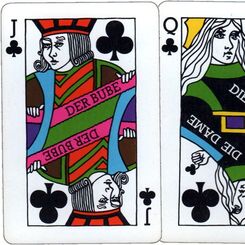
Desperanto
Desperanto language game by Qui Vive Ltd, c.1990.
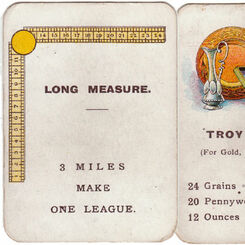
Weights and Measures
“Weights and Measures” card game by John Jaques & Son, Ltd., c.1910, a reminder of some of our more ...
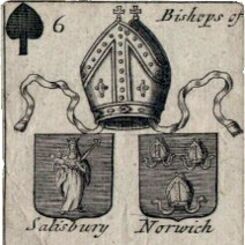
Arms of English Peers
The Arms of English Peers playing cards were first published in 1686. Heraldry, or a knowledge of th...

University of Essex
Playing Cards produced for the University of Essex during 2005-2007.
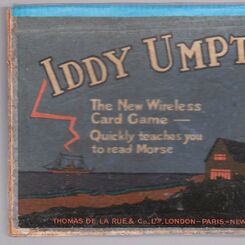
Iddy Umpty
“Iddy Umpty” card game based around learning to read the Morse Code Alphabet. by Thomas de la Rue & ...
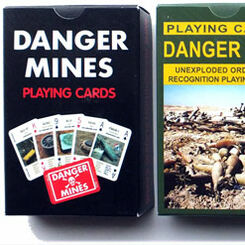
Ordnance Recognition
Ordnance Recognition Playing Cards cards designed to help people at risk from unexploded bombs
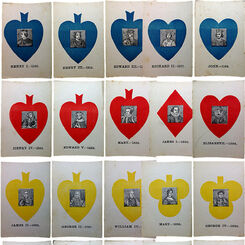
Quits
Jaques' Quits card game, c.1880-85, with portraits of monarchs inside suit symbols in red, blue and ...
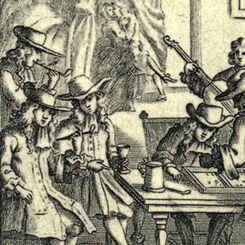
William Warter
William Warter's Proverbial Cards, which carry illustrations of old English proverbs, were first pub...
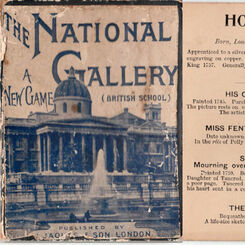
National Gallery (British School)
Jaques' The National Gallery Card Game, c.1895.
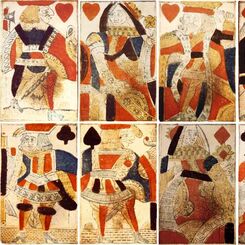
Hunt, c.1800
Standard English pattern playing cards manufactured by Hunt, c.1800.
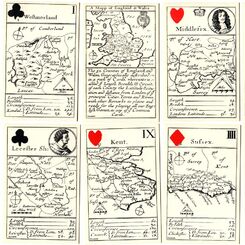
Robert Morden’s Playing Cards
The 52 Counties of England and Wales described as a pack of cards first published in London in 1676....
Most Popular
Our top articles from the past 60 days


